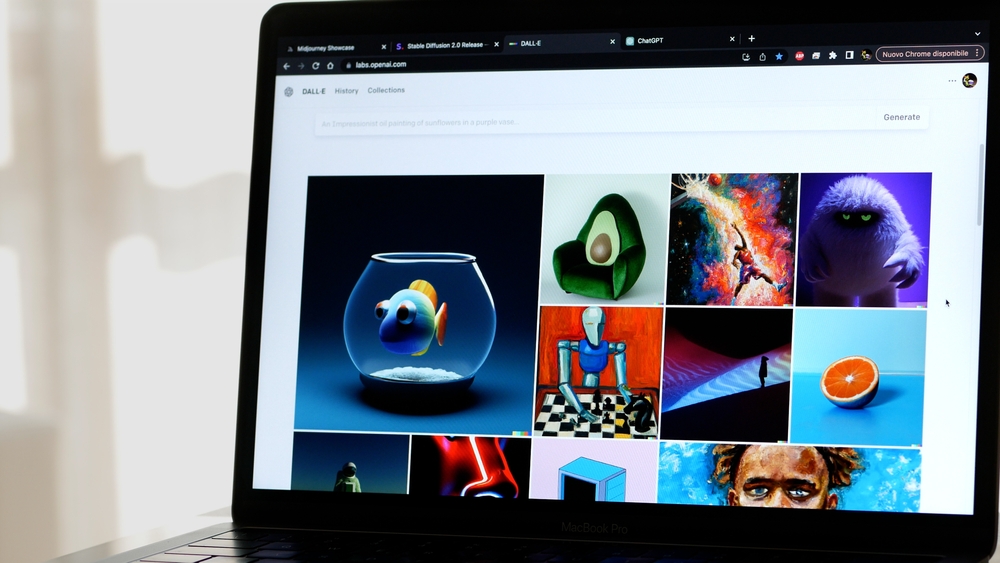OpenAI has announced that DALL-E 3, its upgraded AI image generator, is in research preview and offers significant improvements over DALL-E 2.
One of the big improvements OpenAI promises is closer adherence to nuances in how prompts are worded. With DALL-E 2 you often need some clever prompt engineering to get the image you want, but DALL-E 3 will be more intuitive and responsive to the words you include.
While DALL-E 2 works on its own platform, DALL-E 3 will be integrated with ChatGPT. Users can use ChatGPT to take an idea and generate a detailed prompt for an image, which DALL-E 3 will then generate.
Want to tweak the image or make variations of it? Just tell ChatGPT what you want. This back-and-forth creation process is nicely illustrated in OpenAI’s demo video.
The examples OpenAI used showed that given the same prompt, DALL-E 3 generates much better images than its predecessor.
One of the huge advances in the latest iteration is its ability to handle text in images. AI image generators have been notoriously bad at adding text to images but DALL-E 3 seems to do it really well, as illustrated in this image.
Our new text-to-image model, DALL·E 3, can translate nuanced requests into extremely detailed and accurate images.
Coming soon to ChatGPT Plus & Enterprise, which can help you craft amazing prompts to bring your ideas to life:https://t.co/jDXHGNmarT pic.twitter.com/aRWH5giBPL
— OpenAI (@OpenAI) September 20, 2023
The image is simple but having the AI insert the text accurately is a game changer.
Safety first
When DALL-E was first released it was criticized for being biased and allowing users to create photorealistic explicit images. There were also ethical and legal questions related to artist imitation or creating images of popular figures.
With DALL-E 3 OpenAI has put up a number of guardrails to keep the tool on the right side of these issues.
OpenAI says it has “taken steps to limit DALL·E 3’s ability to generate violent, adult, or hateful content.” If you use a public figure’s name in your prompt the tool will decline your request to generate the image.
OpenAI engaged red teamers to stress test DALL-E 3 to check the effectiveness of its efforts to reduce bias, propaganda, and misinformation.
Copyright and intellectual property protection are ongoing issues with many artists bemoaning AI-generated derivations of their work. DALL-E 3 has been designed to decline requests to generate images in the style of a living artist.
Artists can also submit a form to ask OpenAI to remove their images from the DALL-E 3 training dataset.
As AI-generated images get better it becomes increasingly difficult to tell if an image was made using AI or not. OpenAI says it is testing a tool that will help identify images that were created using DALL-E 3 but didn’t offer more details.
If you’re a ChatGPT Plus user then you’ll get to play around with DALL-E 3 a few weeks from now but there’s no word on when a free release is expected.





